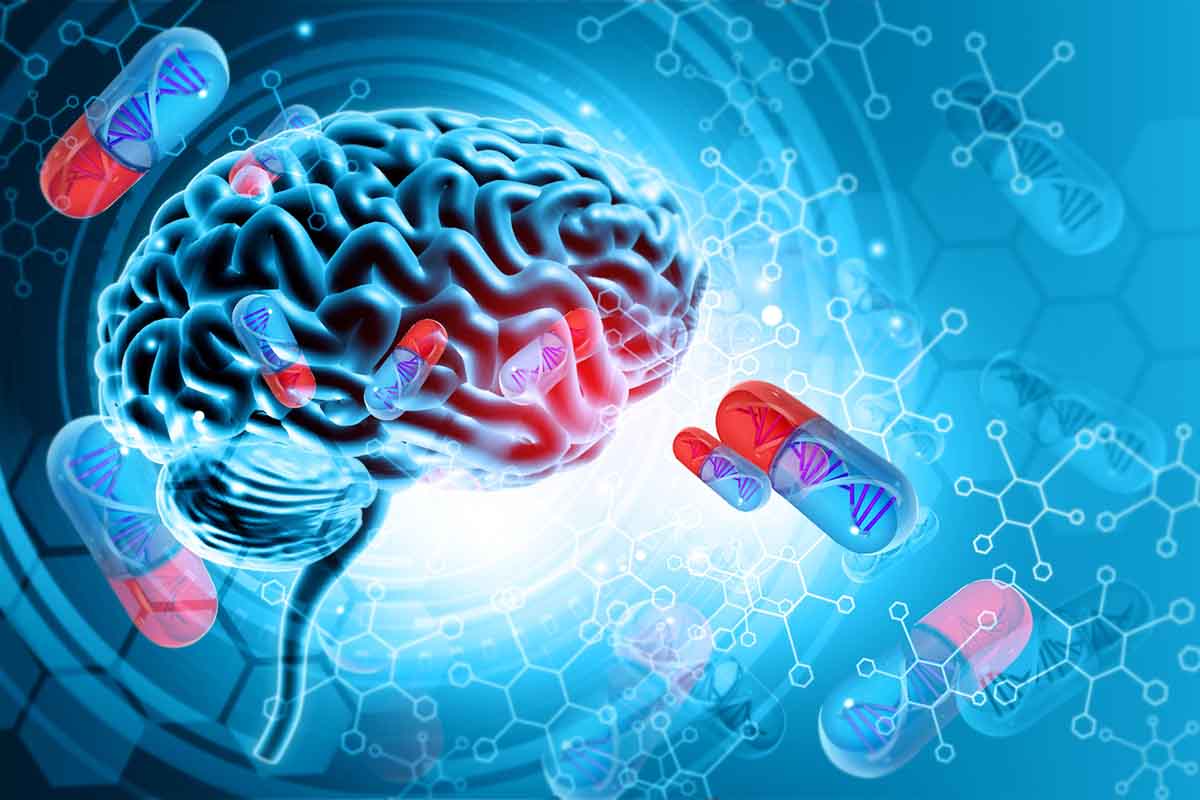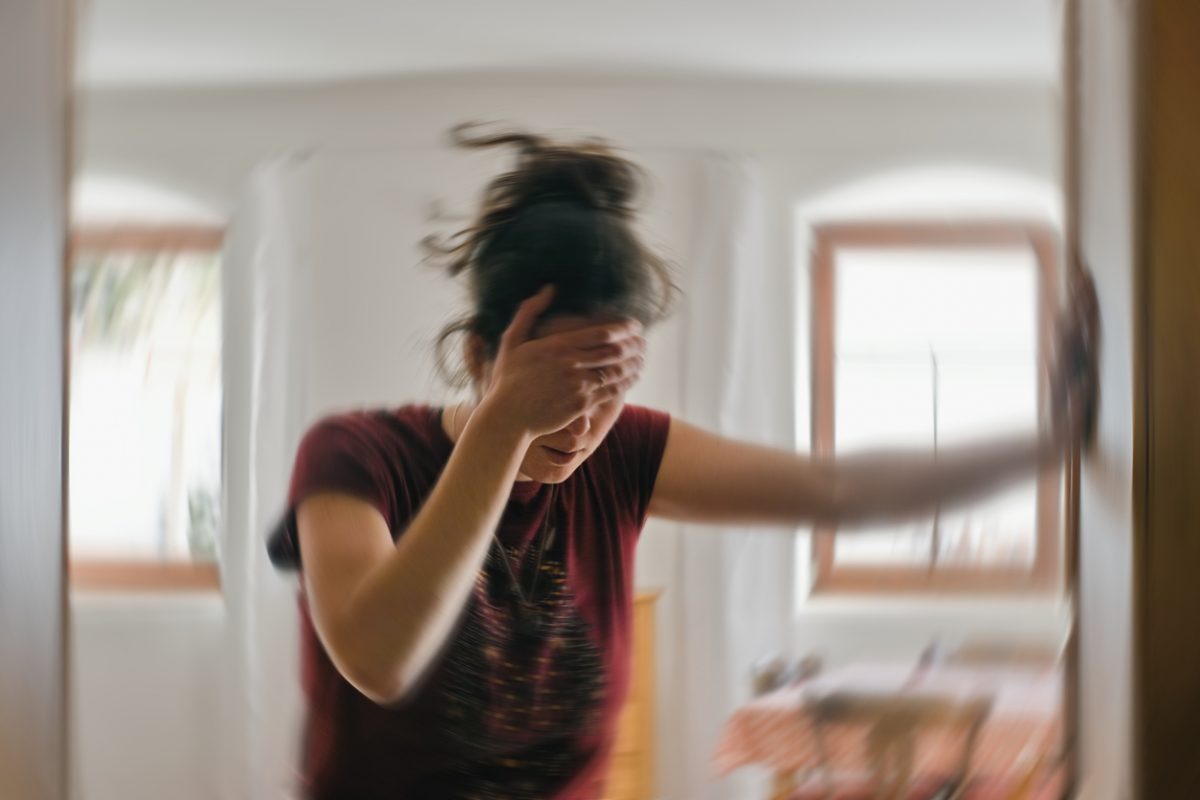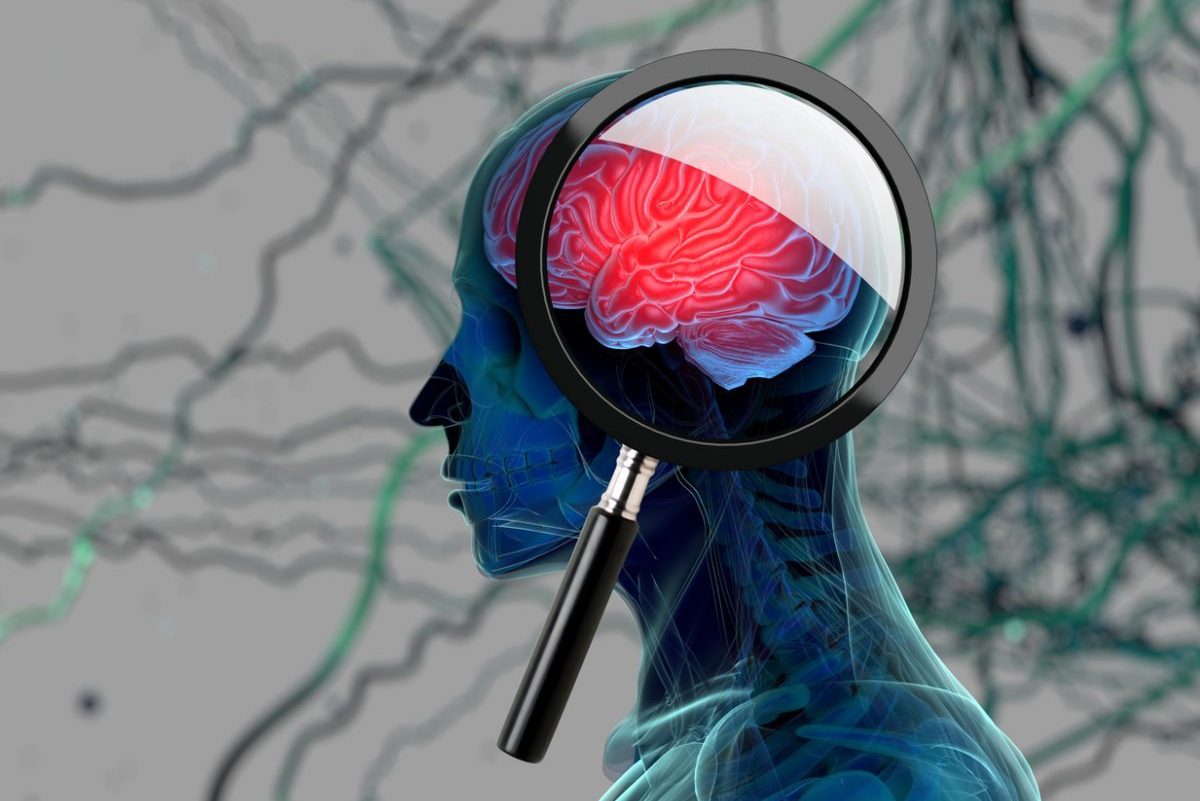Objective: Little is known about psychopathological features associated with restless legs syndrome (RLS) in pediatric populations. This study examined sleep duration, insomnia, and psychopathological profile associated with RLS in a large community sample of adolescents.
Methods: Participants included 11,831 adolescents from 3 counties of Shandong, China. Mean age of the participants was 15.0 (SD = 1.5) years, and 51% were boys. In November and December 2015, participants completed a structured questionnaire to assess sleep duration, sleep problems, behavioral/emotional problems, and hopelessness. RLS was assessed by the 2003 National Institutes of Health (NIH) Restless Legs Syndrome Diagnosis and Epidemiology Workshop criteria.
Results: Of the sample, 9.5% met the 2003 NIH workshop criteria for RLS, and 2.2% had RLS at least 3 times per week. Compared with adolescents without RLS, adolescents with RLS < 3 times per week and those with RLS ≥ 3 times per week demonstrated significantly higher rates of insomnia symptoms (13.8%, 20.0%, and 36.4%, respectively; χ2 = 117.84, P < .0001), internalizing (9.1%, 18.5%, and 34.1%; χ2 = 238.84, P < .001) and externalizing (9.8%, 17.4%, and 34.1%; χ2 = 193.87, P < .001) problems, and hopelessness (13.0%, 16.9%, and 27.8%; χ2 = 54.10, P < .001). After adjusting for demographics and internalizing and externalizing problems, RLS ≥ 3 times per week was associated with a doubled risk of insomnia (OR = 2.05; 95% CI, 1.53-2.75). After adjusting for demographics, sleep duration, and insomnia, RLS ≥ 3 times per week was associated with a more than doubled risk of internalizing (OR = 2.65; 95% CI, 1.94-3.62) and externalizing problems (OR = 2.75; 95% CI, 2.02-3.74).
Conclusions: RLS is associated with increased risk of insomnia, hopelessness, and both internalizing and externalizing problems. Our findings suggest that clinicians need to assess RLS in adolescents with sleep and mental health problems.
Members Only Content
This full article is available exclusively to Professional tier members. Subscribe now to unlock the HTML version and gain unlimited access to our entire library plus all PDFs. If you’re already a subscriber, please log in below to continue reading.
Please sign in or purchase this PDF for $40.00.
Already a member? Login




